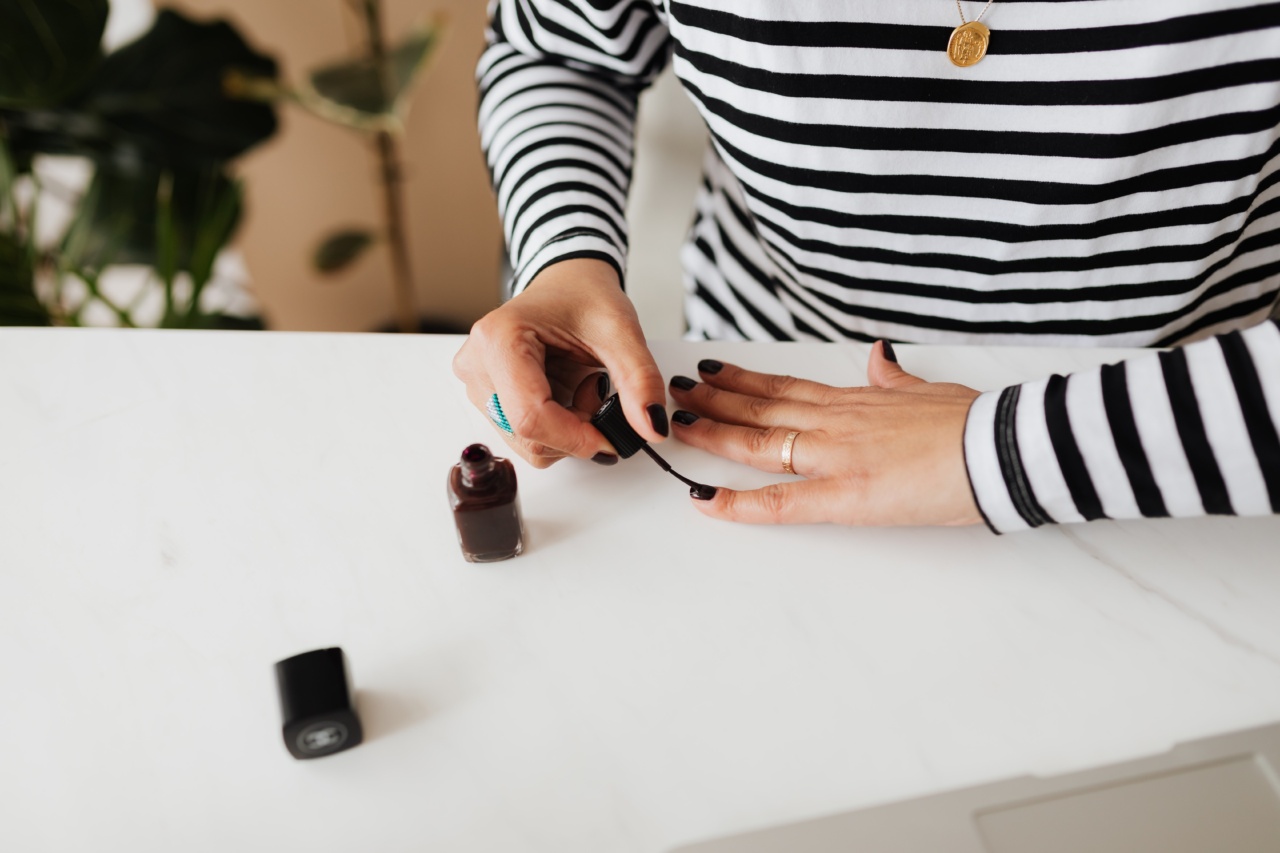Many women love having their nails painted with trendy colors and designs. It is even considered a self-care routine for some. However, constant use of nail polish can have long-term consequences, especially when using a nail oven.
What is a Nail Oven?
A nail oven is a device that helps speed up the drying process of nail polish. It is a small drying box that uses ultraviolet (UV) light to dry and harden the nail polish. It is often found in nail salons and can also be bought for personal use at home.
While it is convenient for those who don’t want to wait for their nails to dry, it can also be harmful to the skin and overall health.
UV Radiation
The UV light used in the nail oven emits radiation that can cause skin damage and may increase the risk of skin cancer. Regular exposure to the UV light can also cause premature aging, wrinkles, and other skin problems.
The skin on the hands and fingers is particularly thin and sensitive, making it more susceptible to the harmful effects of UV radiation.
Acetone Exposure
Acetone is a common ingredient found in nail polish removers used to remove nail polish. It is also used to clean nail tools and soak off gel polish. Acetone can be harmful when inhaled or when it makes contact with the skin.
Prolonged and repeated use of acetone can lead to dry and cracked skin, irritation, and redness. Inhaling the fumes of acetone can cause dizziness, headaches, nausea, and even unconsciousness.
When using a nail oven, the exposure to acetone and its fumes may increase, as the device is used to dry and harden the nail polish, which is applied using acetone-based products.
Nail Discoloration and Weakness
Continuous use of nail polish, especially when using a nail oven, can also cause discoloration and weakening of the nails. The chemicals and ingredients in the nail polish can seep into the nail bed and cause a yellowish tint or other discoloration.
It can also weaken the nails, making them more prone to breakage, chipping, and peeling. Constant exposure to the UV light may also cause the nails to become brittle and thin.
Nail Fungus
Using a nail oven may also increase the risk of getting nail fungus. Nail fungus is a condition in which the fungus grows under the nail bed, causing discoloration, brittleness, and thickness of the nail.
The combination of heat and moisture in the nail oven can create a breeding ground for the fungus to grow and spread. If left untreated, nail fungus can cause severe damage to the nail and may also affect the surrounding skin.
Alternatives to Nail Ovens
There are alternatives to nail ovens that can help speed up the drying process of nail polish. One option is to use quick-drying nail polish, which dries in a few minutes without the need for a nail oven.
Another option is to use a nail dryer that uses cool air to dry the nails. This type of dryer doesn’t use UV light, making it safe for the skin and overall health. Using a fan to dry the nails is also an option, although it may take longer for the nails to dry completely.
Taking Care of Your Nails
To prevent the harmful effects of long-term nail polish use and nail oven exposure, it is essential to take care of your nails.
When using nail polish, make sure to use high-quality products that are free from harmful chemicals such as formaldehyde, toluene, and DBP. It is also essential to let the nails breathe by going without nail polish for a few days in between applications. Regular hand washing and moisturizing can help keep the nails and skin healthy.
If you notice any skin or nail problems, such as discoloration, brittleness, or nail fungus, consult a dermatologist.
Final Thoughts
While a nail oven may be convenient for those who love having their nails done, it can also be harmful to the skin, nails, and overall health.
The risks of UV radiation, acetone exposure, nail discoloration and weakness, and nail fungus outweigh the benefits of a quick-drying nail polish. It is essential to take care of your nails and use safe alternatives to a nail oven. Your nails and skin will thank you in the long run.


























